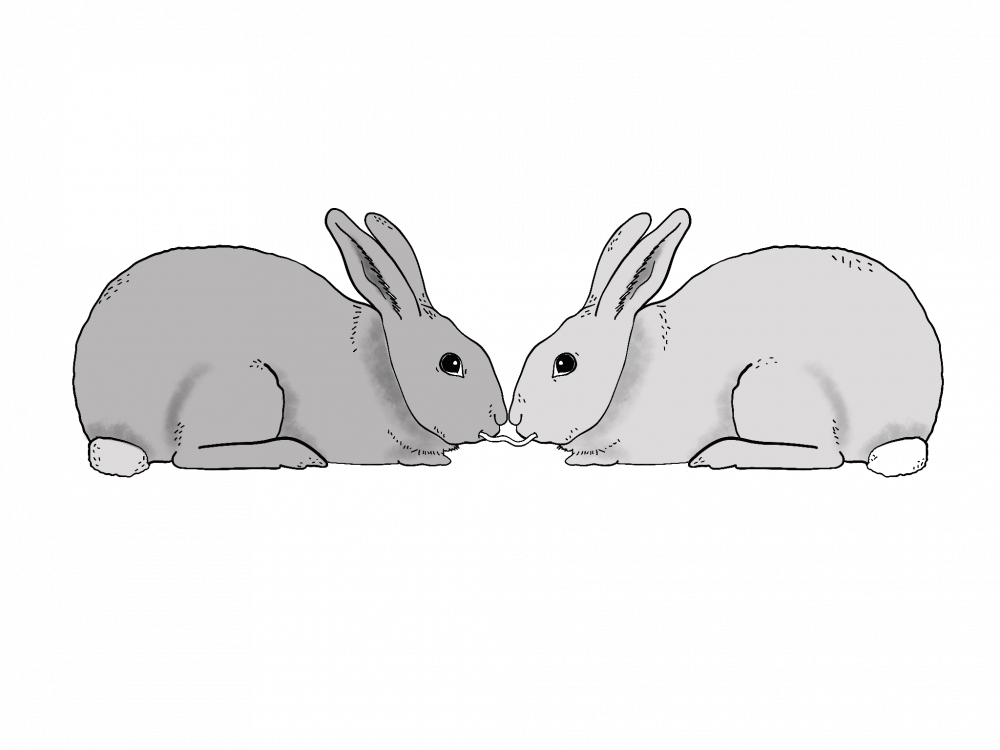An Indianapolis restaurant called Beholder has become a point of controversy due to a mural on its wall depicting rabbits in an intimate position.
Obscenity laws once had the power to nearly ban some of the greatest literary works ever made, from Oscar Wilde, Allen Ginsberg, James Joyce and more. There was a time where depicting sex was illegal because it was obscene and argued in important cases like Rosen v. United States.
Those times are long gone, and art has gotten more explicit because of it. From songs dedicated to dirty detail to books where plot is an excuse to get the characters to undress, sex is very present in contemporary media.
Still, those songs and books are arguably meant for a specific audience. Explicit sexual content is rarely placed on display for the general public. And yet, in Indianapolis, on an outside wall of a restaurant called Beholder, was just that — two rabbits appearing to be having sex while smoking. Nearby residents and neighbors took issue with the mural.
The complaints were evidently effective, as the mural was removed by the building's owner. It came down to the fact that the mural was in a public area frequented by families, near a Family Dollar store.
These complaints made sense. The fact that children can see the mural makes it not exactly tasteful. Essentially, they applied the Hicklin Test to judge its merit. This test was the first standard for obscenity used in the United States, which deemed any material to be obscene if it tended “to deprave or corrupt those whose minds are open to such immoral influences, and into whose hands a publication of this sort may fall,” defined by Sir Alexander James Edmund Cockburn in the 1868 case Regina v. Hicklin.
The rabbit mural would fall under that definition, though it is outdated. The community outrage here is an attempt at moralizing. Disliking art purely on moral value merit is an antiquated argument and one that is losing merit according to modern standards. The fact that the mural was taken down just because adults don’t like it and kids might see it is a step backwards artistically.
If a parent cannot explain or lie to their child about what the mural is depicting, then that is concerning. If you can’t handle a public mural, then you certainly can’t handle the tougher roadblocks down the road. You may not be comfortable talking about sex to your child, but no one is enforcing it. The mural is suggestive, not explicit, and thus leaves you room to say whatever you want about what is happening. It would be a different situation entirely if the mural were actually pornographic.
Art is not beholden to personal values or social norms. It can and should be allowed to depict whatever, wherever. If a person doesn’t like it, that's their right. It is not their right to get the art destroyed, censored or removed. If you can live with another person’s dissenting opinion, you can live with art displaying a dissenting moral.
Thus, it is the Editorial Board’s opinion that this mural should have been allowed to remain for as long as the Beholder’s owner wanted it. It is also our opinion that the moral grandstanders are regressive in their wishes and fully understand the implications of their complaints.
If anyone was to take their complaints seriously and vandalize or otherwise harm the mural, they are infringing upon the first amendment. They would be going against what this country has stood for and condoning censorship.




